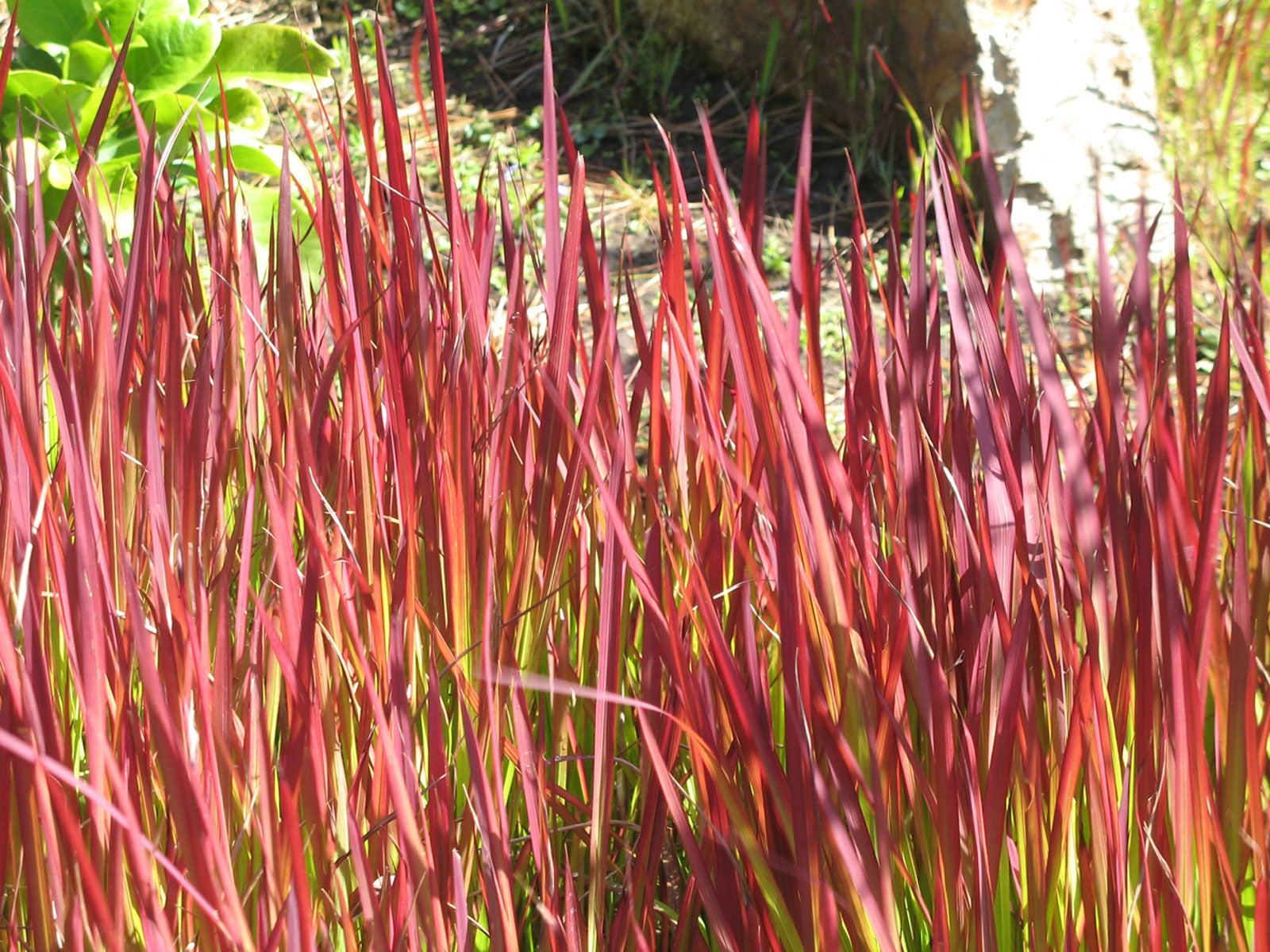Killing Ornamental Grass & Tips For Invasive Ornamental Grass Control
Ornamental grasses have a diversity of form, color, and plumes, and they sound nice rustling in the winds, but some can become invasive.


Ornamental grasses are often a favorite plant group. Their sound in the wind, the diversity of form, color, and plumed flower heads are all opportunities for beauty in the landscape.
Most are perennials, making them enduring and gorgeous additions to the garden. However, some invasive ornamental grasses can occur in certain climates. In such cases, ornamental grass control must be swift and decisive.
About Invasive Ornamental Grasses
Ornamental grass management is necessary with many species of these elegant waving plants.
Part of what makes them so attractive are their plumed, feathery inflorescences, but that is also what makes them such a problem. The seeds are windborne and will result in a host of baby plants. If that isn't the propagation method, many grasses spread from rhizomes and can become a nuisance.
In springtime, any grass that wasn't evergreen starts coming back up. It is also the time when the offspring begin to appear, and there can be multitudes. It is interesting that what is a problem in one region may not be in another part of the country.
The secret seems to be in determining the native region of the grass, method of propagation, and your zone's resemblance to that native region. The closer your zone resembles the water, light, and temperature of the grasses’ native land, the more likely the grass will spread and become a problem.
Ornamental Grass Management
In certain regions, killing ornamental grass sprouts in spring is just a part of enjoying these delightful plants. You can minimize pop-up babies by removing the inflorescence in fall before they are mature and start sending out seed. Unfortunately, you cannot enjoy the seasonal interest these impart well into winter.
Gardening tips, videos, info and more delivered right to your inbox!
Sign up for the Gardening Know How newsletter today and receive a free copy of our e-book "How to Grow Delicious Tomatoes".
Plants that spread through rhizomes are easy to manage by trenching. Either create a barrier around the plant so the rhizomes don't spread or cut around the root zone of the plant in the summer so the rhizomes are confined and don't create offshoots. New plants should be checked annually for the presence of seed heads and new individuals.
Hand weeding is adequate if you are vigilant about the grass. Mechanical tilling and even grazing have been shown to be effective methods of managing potentially invasive species.
If natural ornamental grass control is not working or the plant has been allowed to get out of hand, organic herbicide may be in order.
It is important to check with your local extension office before planting a potentially invasive species.

Bonnie Grant is a professional landscaper with a Certification in Urban Gardening. She has been gardening and writing for 15 years. A former professional chef, she has a passion for edible landscaping.
-
 Looking For Plants To Give You The Soft And Fuzzies? Try These 5 Fuzzy Leaf Plant Options
Looking For Plants To Give You The Soft And Fuzzies? Try These 5 Fuzzy Leaf Plant OptionsLovers of texture, drama, silver foliage and tactile plants will adore these special sensory garden additions. These fuzzy leaf plant options will leave you all aglow
By Susan Albert
-
 Get Ready For A Summer Of Hummers! Grow These Full Sun Hummingbird Plants and Flowers
Get Ready For A Summer Of Hummers! Grow These Full Sun Hummingbird Plants and FlowersIf you’re lucky enough to enjoy a sunny backyard, make sure you are maxing out on your pollinator opportunities and grow these full sun hummingbird plants and flowers
By Tonya Barnett